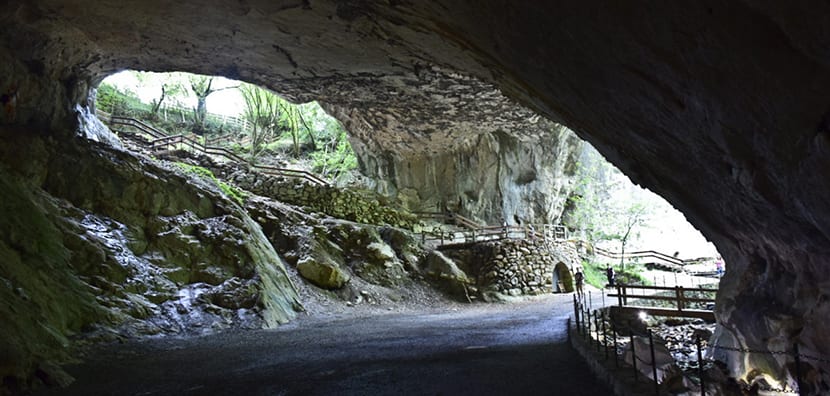
Navarre seems to be in the path of Actualidad Viajes lately, and it has many historical, cultural and natural treasures. Today we are summoned by Zugarramurdi Caves, some caves with a reputation for hiding witches ...
Caves, covens, trials, bloody torture? What a cocktail! So let's not waste any more time and get to know these fantastic news from Navarra.
Zugarramurdi and its caves
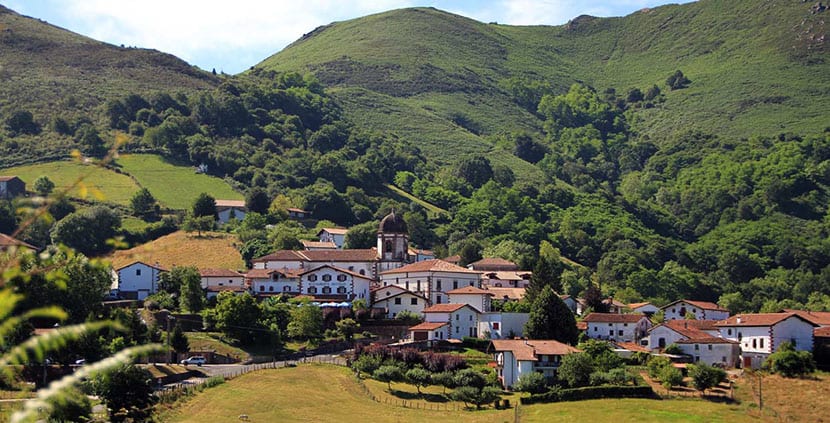
First this name is that of a small town that is in the autonomous community of Navarra, north of Spain. It is inhabited by no more than 200 souls and is a small group of low, white houses surrounded by green. Although the name is of Basque origin, they have not agreed on its origin. What is clear is that if they talk about witches in Navarra, they talk about Zugarramurdi.
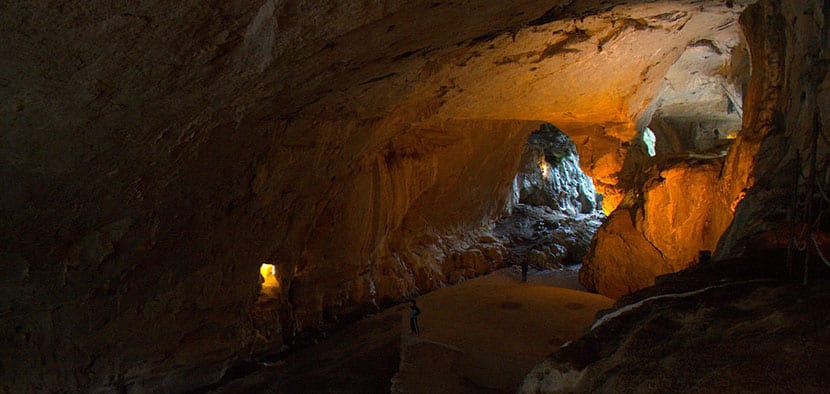
The town is close to the French border, in the western Pyrenees, and just 400 meters from the town center are the famous caves. They are caves of karst origin and the main entrance through which it is still accessed today was excavated by a flow of water, still abundant, which is called Regata del Infierno, or in Basque, Infernuko Erreka.
This stream crosses the cave giving shape to a tunnel that is 120 meters long and an average width of between 22 and 26 meters at one end and just 12 at the other. In height it is between 10 and 12 meters. It is not a single hole but rather a wide cave with three galleries, counting the tunnel, towering, that meet in one.
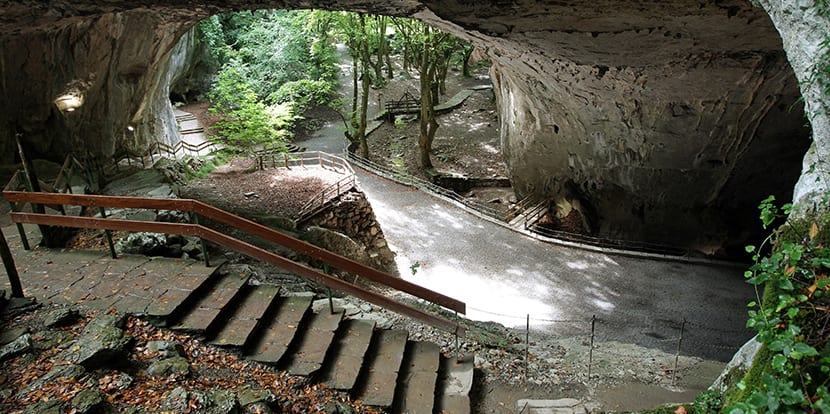
And why is it known as the witches cave? Well, because it seems that at the end of XVI century took place between these walls pagan holidays and we already know that paganism is not suitable for the Catholic Church. Then, at the beginning of the seventeenth century, between 1609 and 1614, a whole inquisitorial process was developed in which many people were persecuted, captured and convicted, cradling them as witches. Obviously, men participated but women were the favorite persecuted.
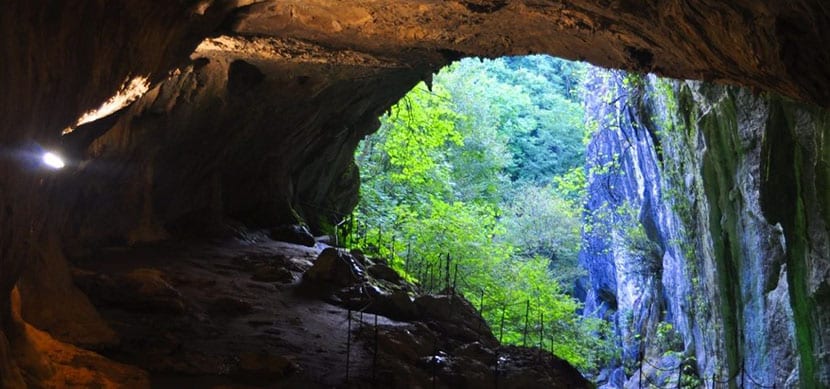
According to history, there was an Auto de Fe in 1610, the result of constant accusations of witchcraft. Then, Inquisitor Valle-Alvarado arrived and began to investigate and in the end there were 40 suspects who went with him to Logroño. The Inquisition finally sentenced eleven people to be burned at the stake. Five women died before the bonfire but they were still placed there in the flames.
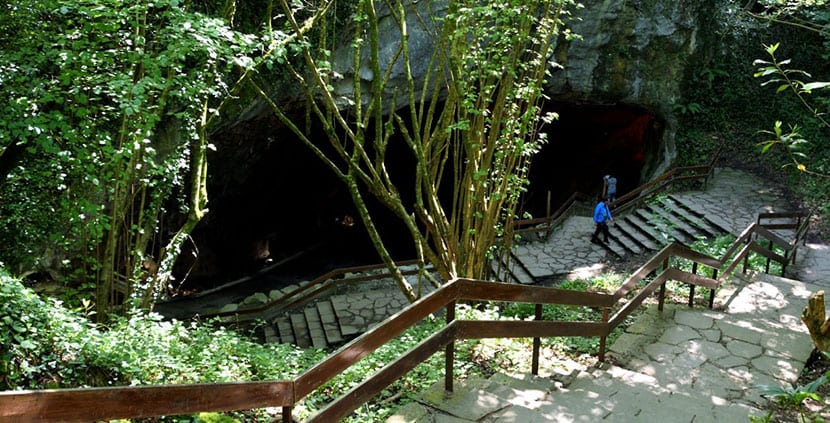
Luckily the names of these tragic neighbors have remained in history and there is a plaque at the entrance of the caves that remembers them. What's more every August 18 a party called zikiro jate, an agape attended by almost a thousand people and where lamb roasted on stakes is eaten. What a memory!
The caves do not have any other attraction, they do not have stalagmites or stalactites or cave paintings but they are immense and the stories of covens are the favorite tourist magnet. So there is a path that runs through the cave, but also there is another that runs around and that is also recommended because connects the Zugarramurdi Caves with the Urdazubi / Urdax and Sara Caves.
It is known as the path of the caves and they are a total of 6, 75 kilometers. There are signs marking it, with a blue horse drawn on them. Luckily it is an easy path that cuts through forests and green meadows. Handsome.
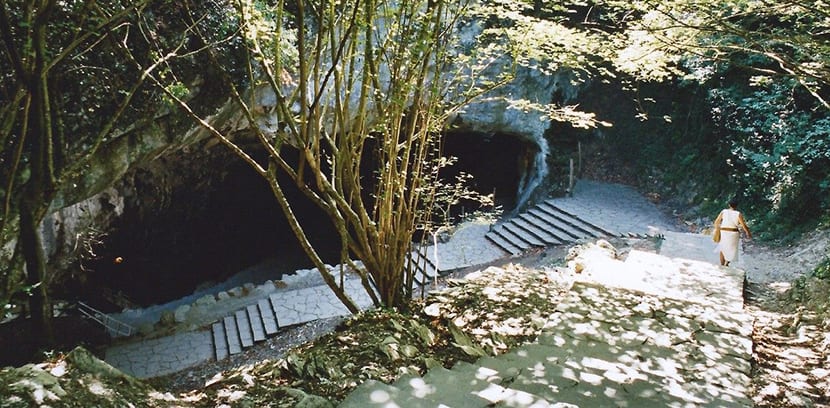
On the other hand, to add information about witches is the Witches Museum. The museum operates in the old town hospital and a short distance from the caves. This is the place to learn about witches, the Inquisition and the stories of greed and envy behind it. There is a general introduction to the region and afterwards an audiovisual called La Hunt de Bruges is projected, which deals with what happened in 1610.
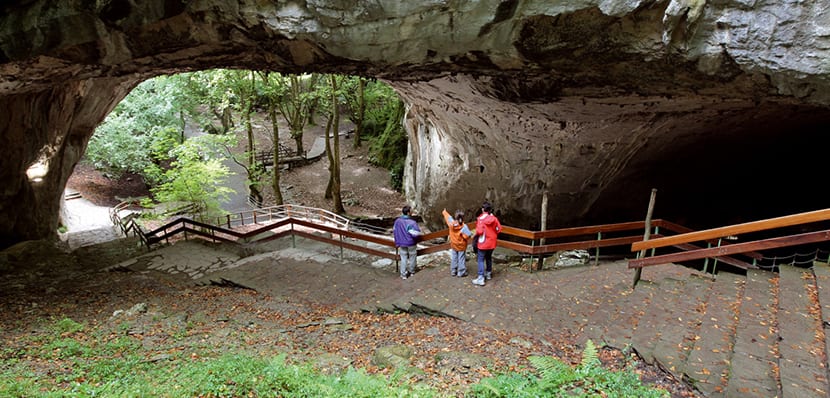
The first floor tells the story of María Ximilegui, one of the traitors who denounced the covens, although she had previously participated in them. On the second floor we already get into the myths and legends, the figure of the herbalist and the matriarchal society that reigned there and does not coincide with the vision of the Church. Audiovisuals, exhibitions, everything comes together so that you learn a lot about history and yes, also herbalism.

Actually, I recommend visiting the Witches Museum first and then the Zagarramurdi Caves. Aim the schedules and prices to make the visit:
- Closed on Mondays and Tuesdays in September. Then, from Wednesday to Sunday, it opens from 11 am to 7:30 pm. From October it closes the same days but opens until 6 pm and on weekends it opens from 11 am to 7 pm.
- At the El Pilar Bridge, from October 12 to 14, it opens from 11 am to 7 pm. On the November Bridge, from 1 to 4, it opens at the same time and on the December Bridge, from 1 to 9, too.
- The entrance costs 4, 50 euros
One more piece of information: there are stairs during the tour So be careful if it occurs to you to go with children and a stroller or wheelchairs because the site is not ready. Neither enter with pets. On the other hand, although in general the caves close at 7 pm in summer they close later.
We're not done yet: in 2013 the director Axel de la Iglesia filmed the film Las Brujas de Zugarramurdi with Carmen Maura, among other artists. It was inspired by the Auto de Fe of 1610 and if you saw it but still did not go in the flesh to Navarra, to the real caves, I tell you that a large part of the film was filmed here.